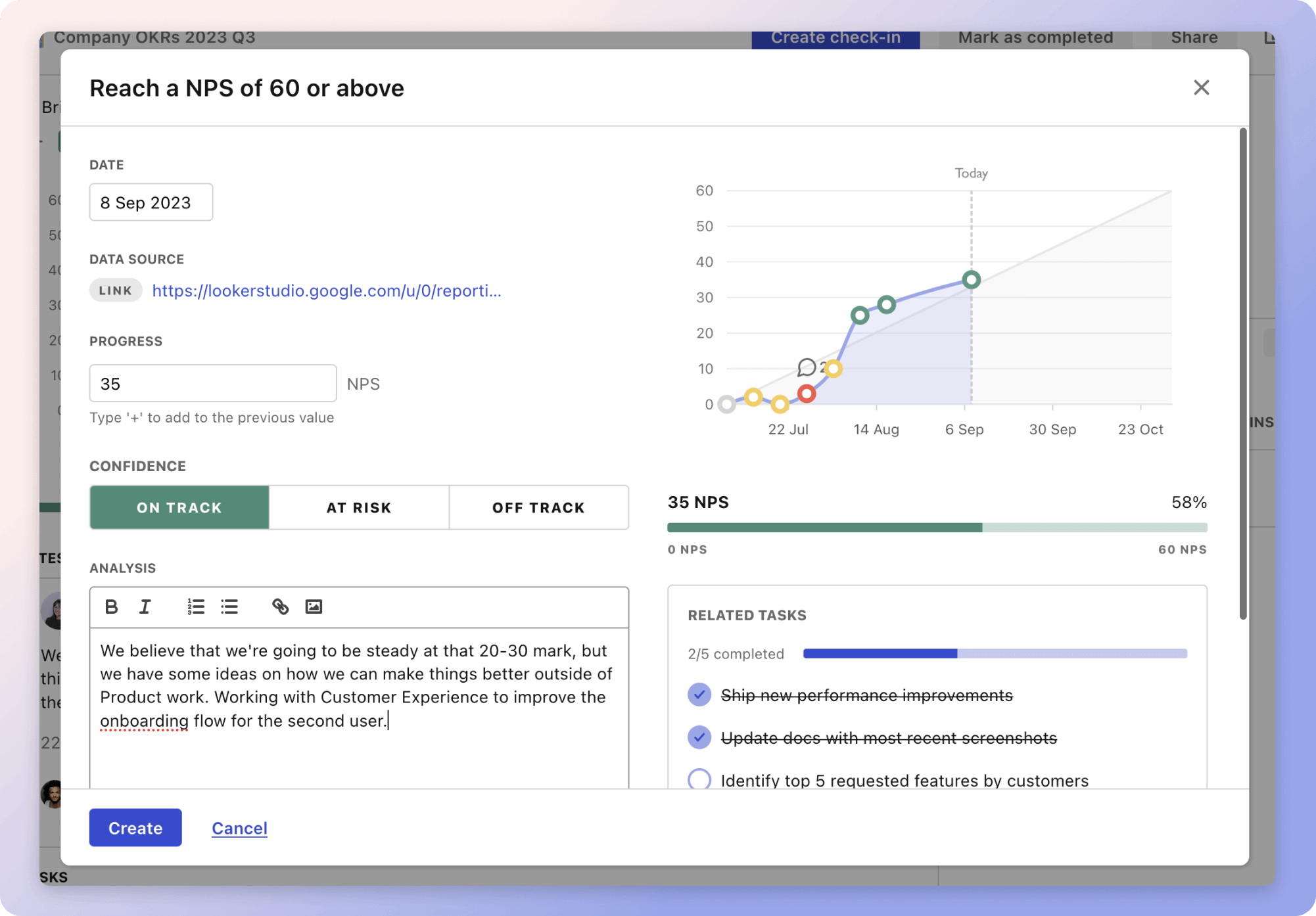The strategy for developing a capacity development plan for Environmental and Social (E&S) risk management revolves around a structured approach. The first step involves conducting a needs assessment to identify the target audience for training sessions, understanding current knowledge levels, and pinpointing gaps in skills. For instance, surveying employees helps to prioritize training goals and refine organizational requirements. By consulting with stakeholders, a competency framework can be developed, leading to a comprehensive report.
Next, the strategy focuses on designing a comprehensive training program. Training objectives are crafted in alignment with identified needs, incorporating E&S best practices. Interactive activities, workshops, and e-learning methods aid effective learning. Engaging subject matter experts ensures high-quality content, and piloting the program helps gather crucial feedback.
Finally, the strategy emphasizes implementing and monitoring training effectiveness. This includes scheduling sessions, encouraging participation, and collecting feedback to adapt delivery. By assessing participant knowledge through tests and analyzing results, stakeholders can measure learning outcomes. Continuous improvement based on feedback ensures the program’s success in building E&S risk management capacity.
The strategies
⛳️ Strategy 1: Conduct needs assessment
- Identify target audience for training sessions
- Survey current understanding of E&S risk management
- Review organisational requirements for E&S practices
- Identify gaps in knowledge and skills
- Consult with stakeholders to refine needs
- Analyse survey data to prioritise training goals
- Develop E&S risk management competency framework
- Create a report summarising the needs assessment
- Present findings to management for approval
- Use insights to inform training programme design
⛳️ Strategy 2: Design a comprehensive training program
- Create training objectives aligned with identified needs
- Develop curriculum incorporating E&S best practices
- Identify suitable training materials and resources
- Select appropriate training methods such as workshops or e-learning
- Design interactive activities to reinforce learning
- Develop assessment tools to evaluate understanding
- Create a schedule for training sessions
- Engage subject matter experts for content creation
- Prepare supporting documents like handouts and guides
- Pilot the training program and gather feedback
⛳️ Strategy 3: Implement and monitor training effectiveness
- Schedule and announce training sessions to participants
- Facilitate sessions while encouraging active participation
- Utilise feedback mechanisms during sessions to adapt delivery
- Gather participant feedback through surveys or interviews
- Assess participant knowledge with pre- and post-tests
- Analyse test results to measure learning outcomes
- Provide follow-up resources and support post-training
- Review training effectiveness with stakeholders
- Implement improvements based on feedback and assessments
- Prepare a report detailing training impact and insights
Bringing accountability to your strategy
It's one thing to have a plan, it's another to stick to it. We hope that the examples above will help you get started with your own strategy, but we also know that it's easy to get lost in the day-to-day effort.
That's why we built Tability: to help you track your progress, keep your team aligned, and make sure you're always moving in the right direction.

Give it a try and see how it can help you bring accountability to your strategy.
